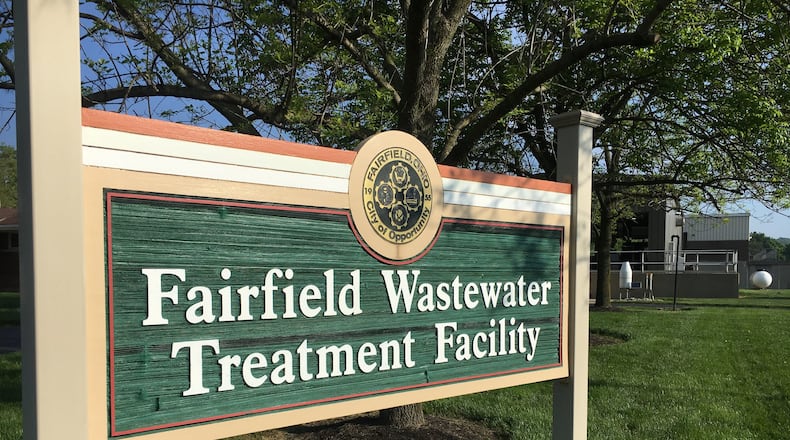The city uses an activated sludge treatment process to clean sewage and comply with all federal and state environmental mandates. Because some of the critical components of the activated sludge process are aging, including aeration system diffusers, piping, valving, and instrumentation, there’s a potential for critical failure.
Technology that’s included in this project are actuating valves, pressure sensors, air flow meters, and probes to monitor oxygen, ammonia, and suspended solids.
“The existing style components have been in place since 1988 and are in need of replacement with newer more efficient technology,” said Public Utilities Director Adam Sackenheim.
Part of the project is to install new overhead airlines and replace two blowers that are original to the treatment plant’s 1975 expansion.
The activated sludge process is a biological treatment for sewage using aeration and a combination of microorganisms.
Jason Hunold, Public Utilities superintendent overseeing water and wastewater treatment, that process is done in two aeration systems that each have five tanks. The microorganisms remove soluble organic material, and diffused air is supplied in the tanks for the microorganisms.
After the treatment is completed, the treated wastewater is then discharged into the Lower Great Miami River.
Designs for the aeration system improvements will also take future potential of regulatory phosphorous limits into consideration, said Hunold. The city is anticipating a phosphorus limit in the next one to two permit cycles (permits are for five years).
There are no phosphorus level discharge limits in Ohio outside of the Western Lake Erie Basin. This has been a concern for years for city officials as the lower the phosphorus output limit, the higher the cost for the city. Hunold said, though, if there is a phosphorous limit, they will “easily be able to retrofit new process into the tank with bio-phosphorous removal,” he said.
“We’re not only addressing an immediate need but potential future need,” he said.
The aeration system project is slated to be done sometime between Nov. 1 and April 31, 2023, when there is less recreational activity on the Great Miami River. If there are no issues, such as with the weather and supply chain, it could take three to five months, Hunold said.
“We’re looking at optimizing the treatment process and simplifying it,” said Hunold said.
About the Author

